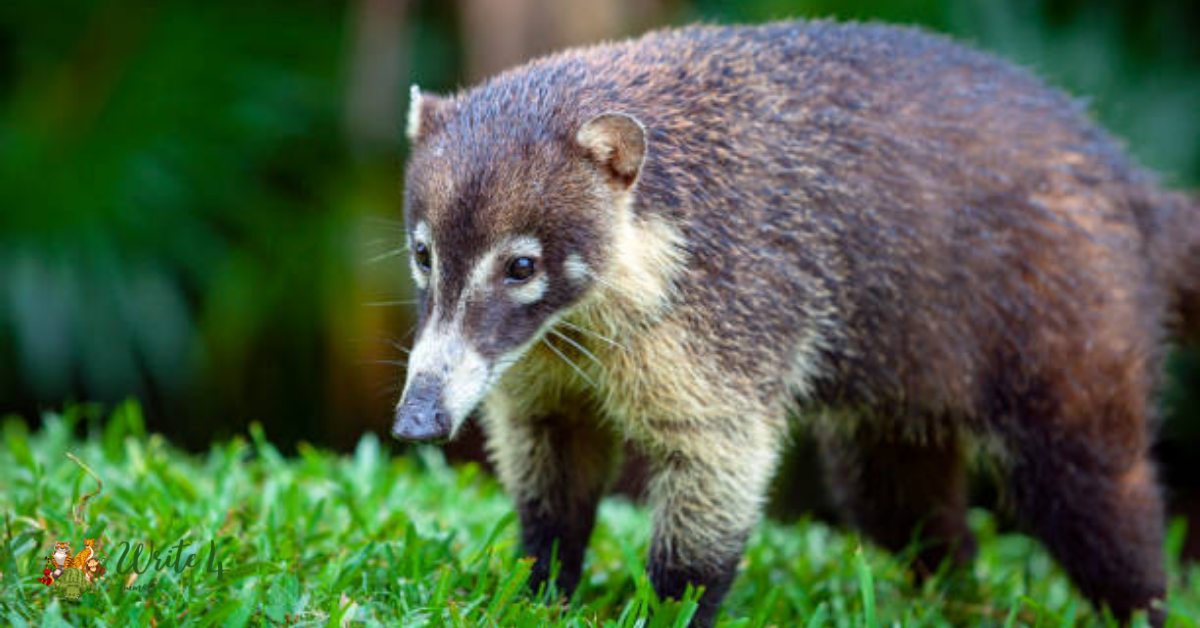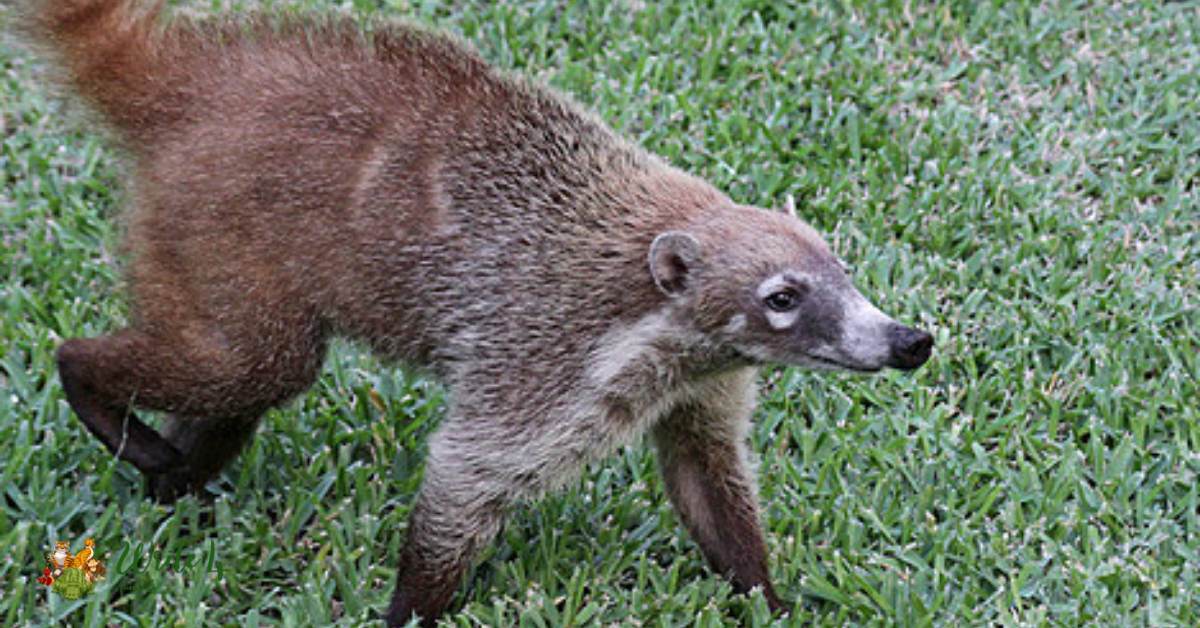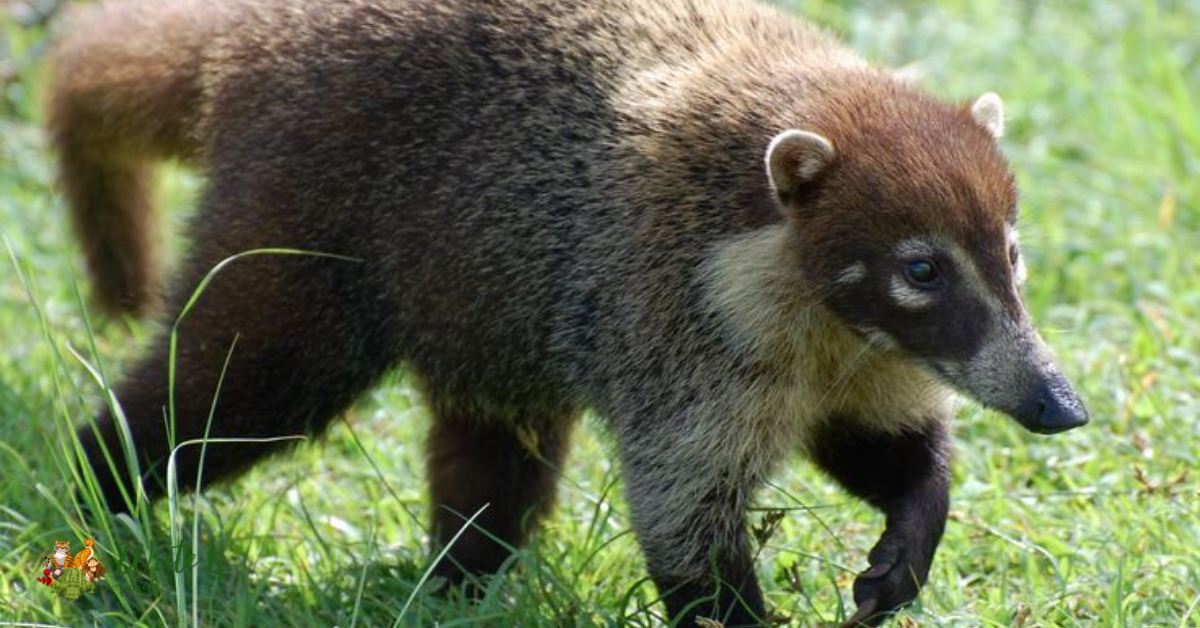The world is teeming with fascinating and diverse wildlife, and Mexico is no exception. Among the array of unique and intriguing creatures that call Mexico home, the Mexican raccoon (Procyon lotor mexicanus) stands out as a captivating and enigmatic species.
In this comprehensive blog post, we will delve into the fascinating world of the Mexican raccoon, covering everything from its history, physical characteristics and habitat to its behavior, diet, and much more.
Overview of Mexican Raccoon
History of the Mexican Raccoon
The history of the Mexican raccoon, or Procyon lotor mexicanus, is intertwined with the broader evolutionary narrative of the common raccoon. Originating from North America, raccoons migrated southward over time, adapting to the diverse landscapes of Mexico.
The emergence of the Mexican raccoon as a distinct subspecies reflects the influence of unique environmental factors and the evolutionary pressures exerted by its specific habitats. Indigenous communities likely interacted with these resourceful mammals, contributing to local folklore and cultural traditions.
In recent years, the encroachment of human activities, urbanization, and habitat alterations have shaped the challenges faced by Mexican raccoon populations, underlining the importance of understanding their historical context in the face of contemporary conservation efforts.
Appearance of the Mexican Raccoon
The Mexican raccoon possesses a distinct and captivating appearance that distinguishes it within the Procyonidae family. Medium-sized with a body length ranging from 24 to 38 inches, these raccoons are characterized by their grizzled coat of fur, marked by a black mask covering their eyes.
The bushy tail, adorned with alternating dark and light rings, adds to their charm. Their physical adaptations showcase versatility; their sharp claws and nimble paws facilitate climbing, and the iconic black mask not only contributes to their unique aesthetic but also serves as a functional feature by reducing glare during nighttime foraging.
Overall, the appearance of the Mexican raccoon reflects both its evolutionary adaptations and its capacity to thrive in various ecosystems, from lush forests to urban landscapes.
Temperament and Activities
The temperament and activities of the Mexican raccoon unveil a fascinating blend of intelligence, adaptability, and social behavior. Known for their nocturnal lifestyle, these creatures are most active during the night, utilizing keen senses to navigate their surroundings.
Intelligent problem solvers, Mexican raccoons often engage in playful activities, showcasing a curious and explorative nature. While generally solitary, social tendencies may emerge during the breeding season.
Their mischievous reputation is rooted in their inquisitive approach to urban environments, where they skillfully scavenge for food, displaying remarkable dexterity in manipulating objects. Understanding the complex temperament and natural activities of Mexican raccoons is essential for fostering coexistence, appreciating their ecological roles, and implementing effective conservation strategies.
Personality and Behavior
The Mexican raccoon is renowned for its charismatic personality and complex behaviors. Intelligent and resourceful, these creatures display a wide range of characteristics that make them both intriguing and adaptable.

Known for their problem-solving abilities, Mexican raccoons often engage in playful activities, demonstrating a curious and explorative nature. While generally solitary, they may exhibit social behavior during the breeding season.
The mischievous aura associated with raccoons stems from their inquisitive approach to their surroundings, making them both fascinating and sometimes challenging cohabitants in urban environments.
Mexican Raccoon Habitat
Mexican raccoons inhabit a diverse range of ecosystems within Mexico, showcasing their adaptability to various landscapes. From dense forests to grasslands and coastal areas, these mammals have demonstrated their ability to thrive in both natural and human-altered environments.
They are particularly adept at coexisting with urban areas, utilizing trees, structures, and other features for shelter. The species’ habitat flexibility has contributed to its widespread distribution, emphasizing the importance of understanding and preserving the diverse environments it calls home.
Mexican Raccoon Diet
The Mexican raccoon’s diet is remarkably diverse, reflecting its omnivorous nature. In their natural habitat, these adaptable mammals forage for fruits, nuts, and insects.

In urban environments, they become opportunistic scavengers, often raiding garbage bins and displaying remarkable dexterity in obtaining food. Their sharp claws and agile paws make them adept at manipulating objects, showcasing their intelligence and resourcefulness.
While they are known to consume small vertebrates, their diet is highly adaptable, emphasizing their ability to thrive in various ecosystems. Understanding the Mexican raccoon’s dietary preferences is essential for managing potential human-wildlife conflicts and ensuring their continued survival.
Maxican Raccon Facts
1. Adaptable Habitat: Mexican raccoons inhabit diverse ecosystems, from forests to urban areas.
2. Distinct Appearance: Recognizable by a grizzled coat, black mask, and bushy, ringed tail.
3. Nocturnal Lifestyle: Primarily active during the night, using keen senses for navigation.
4. Agile Climbers: Display exceptional climbing abilities, ascending trees in search of food and shelter.
5. Omnivorous Diet: Opportunistic eaters, consuming fruits, nuts, insects, and scavenged food.
6. Intelligent Problem Solvers: Known for their resourcefulness and ability to manipulate objects.
7. Social Behavior: While typically solitary, Mexican raccoons may exhibit social tendencies during the breeding season.
8. Urban Adaptation: Thrive in urban environments, coexisting with humans and often raiding garbage bins.
9. Reproductive Patterns: Mate in late winter or early spring, with litters of 2 to 5 kits born blind and helpless.
10. Conservation Concerns: While not currently threatened, habitat loss and human encounters pose challenges requiring conservation efforts.
Frequently Asked Questions
What is a Mexican raccoon?
The Mexican raccoon (Procyon lotor mexicanus) is a subspecies of the common raccoon found in Mexico. It is characterized by its distinctive appearance, including a grizzled coat, black mask, and bushy tail.
Where do Mexican raccoons live?
Mexican raccoons inhabit various ecosystems in Mexico, ranging from forests and grasslands to urban areas. They are highly adaptable and can thrive in both natural and human-altered environments.
Are Mexican raccoons nocturnal?
Yes, Mexican raccoons are primarily nocturnal, meaning they are most active during the night. Their keen senses and agility help them navigate in low light conditions.
What do Mexican raccoons eat?
Mexican raccoons are omnivores with a diverse diet. They consume fruits, nuts, insects, and small vertebrates. In urban areas, they are known to scavenge for food in garbage bins.
Are Mexican raccoons intelligent?
Yes, Mexican raccoons are considered intelligent and are known for their problem-solving skills. They can manipulate objects and adapt to different environments, including urban settings.
Do Mexican raccoons live in urban areas?
Yes, Mexican raccoons are adaptable to urban environments. They often coexist with humans, utilizing trees and structures for shelter, and may be found scavenging for food in urban areas.
Are Mexican raccoons social animals?
While Mexican raccoons are typically solitary, they may exhibit social behavior during the breeding season. Outside of this period, they are known for their independent nature.
Do Mexican raccoons have predators?
Predators of Mexican raccoons include larger carnivores such as coyotes and birds of prey. However, their intelligence and adaptability contribute to their ability to evade predators.
Are Mexican raccoons endangered?
As of now, Mexican raccoons are not listed as a threatened species. However, habitat loss and human-wildlife conflicts pose challenges to their populations.
How can I help conserve Mexican raccoons?
Conservation efforts involve promoting coexistence, minimizing habitat destruction, and raising awareness about responsible waste disposal to reduce human-wildlife conflicts in urban areas. Supporting local conservation initiatives also contributes to the well-being of Mexican raccoon populations.
Recommended
1.21 Mexican Animals | Mexico Animals
2. Albino Pigeon: rare pigeon and beautiful pigeon
